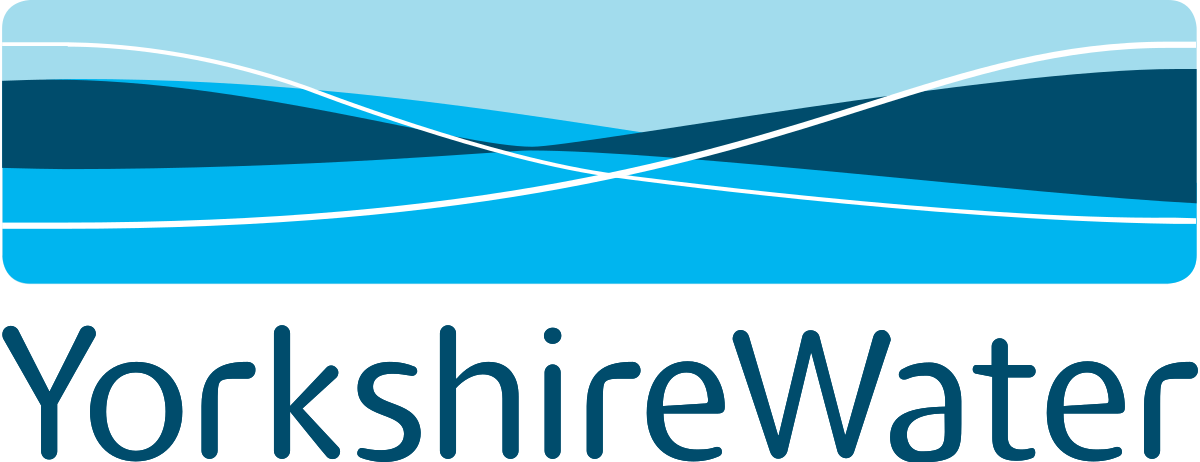How Yorkshire uses AI to keep their waterways clean

Now this might just be my American upbringing talking but when I think of Yorkshire three things come to mind: Yorkshire pudding, Yorkshire Terriers, and the Duke of York. But soon Yorkshire could be known for something else as well. As part of a bold plan to reduce wastewater pollution incidents to 0 by 2025, Yorkshire Water invested in an innovative new solution brought about through a partnership with Siemens and the University of Sheffield that uses AI and advanced IoT devices to predict blockages and maintenance needs before problems arise, reducing or eliminating pollution caused by overspill altogether. In coming years Yorkshire could be as well known for this AI-driven forward-thinking approach to sustainability as the technology comes to the global market, alongside puddings and terriers.
To understand why what Yorkshire Water has achieved is impressive, a little background knowledge on sewer systems is important. Yorkshire uses a CSS or Combined Sewer System which means that both stormwater runoff and household sewage are combined in the same sewer pipes before heading to water treatment plants. On the surface this sounds like a great idea, all the pollutants from both houses and runoff water will be purified before the water is returned to the local ecosystem and that’s the end of it. But there is a catch. CSS have something called a Combined Sewer Outlet or CSO which serves as a kind of emergency release if the sewer system gets overloaded, discharging untreated water directly from the sewer system into a convenient body of water in the event there is more water entering the CSS then it can handle (such as in the cases of heavy rain or snow melt). This is the reason combined systems have largely fallen out of favor, with newer cities opting for a sanitary sewage system instead, however many older towns and cities still rely on them, so finding a way to mitigate or even eliminate the discharge issue is vital for decreasing the environmental impact of those cities.
While there’s nothing we can do about the amount of rainfall or snowmelt in a year, what we can do is make sure the sewer system is well-maintained and free of blockages which is enough to greatly diminish the number of overspill incidents. The problem is that Yorkshire Water alone operates 55,000km of sewer, just monitoring all of it is nothing short of a herculean task and adding data analysis on top of that to proactively find blockages would be well beyond what’s practical using conventional technology. For several years now Yorkshire Water has used sensors on its more than 2,000 CSOs to send out alerts when an overspill event happens, but for the rest of the time these sensors are collecting data that that is fed into statistical models, models that often generate false alarms and late detections. But this is the sort of big data analysis where AI shines.
Using a newly developed AI model, researchers at the University of Sheffield were able to create “…a personalized fingerprint for the wastewater assets that reflects how the local network responds to rainfall…” As explained by Professor Joby Boxall, professor of water infrastructure engineering at the University of Sheffield. His team developed this model and tested in on a small scale, where they had great success, offering up to 2 weeks advance notice of blockages with just a 3% false alarm rate. Once they had proven the technology worked, it was time to take things full scale.
With the help of Siemens, who’s sensors were responsible for all 2,000+ CSOs, and Yorkshire Water the project was taken out of the lab and expanded to cover all 55,000km of real sewer. Professor Boxall’s team of researchers and students then compared the predictions of their AI against the current statistical model and more than 21,000 days’ worth of real data collected from the CSOs, “and the AI came out on top.” While the project is anything but simple, it is a shining example of what AI can accomplish when experts form different fields work together. In a continued partnership with Siemens, this forward-thinking technology was developed into a MindSphere application that can be easily deployed onto the existing infrastructure, both in Yorkshire and around the world. A new AI model has been trained for each site to learn its unique pattern of behavior in response to rainfall. Fuzzy logic technology is then employed to automatically interpret the data to detect any significant differences in behavior. When an issue is found, a response team at Yorkshire Water receives a notification to visit the asset and remove the blockage or forming blockage. Because SIWA Blockage Predictor is embedded within a web application, users can access it on mobile devices and PCs.
“Artificial Intelligence is not magic…” Adam Cartwright, head of IoT application delivery at Siemens says, and he’s right. Deploying AI from the ground up is a daunting task and deploying it to critical infrastructure is fraught with hurdles. But at the same time, it is impossible to ignore the benefits AI brings to the table. Collecting data has been the norm for decades but it is feasible to start leveraging that data in much more intelligent ways to help make better decisions and operate systems more smoothly in a positive feedback loop that is, ultimately, better for people and the planet.
Siemens Digital Industries Software is driving transformation to enable a digital enterprise where engineering, manufacturing and electronics design meet tomorrow. Xcelerator, the comprehensive and integrated portfolio of software and services from Siemens Digital Industries Software, helps companies of all sizes create and leverage a comprehensive digital twin that provides organizations with new insights, opportunities and levels of automation to drive innovation.
For more information on Siemens Digital Industries Software products and services, visit siemens.com/software or follow us on LinkedIn, Twitter, Facebook and Instagram.
Siemens Digital Industries Software – Where today meets tomorrow.


